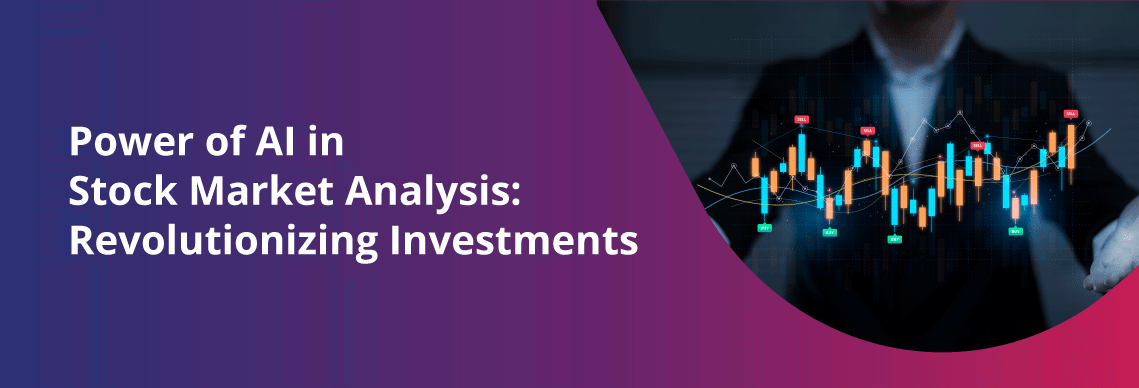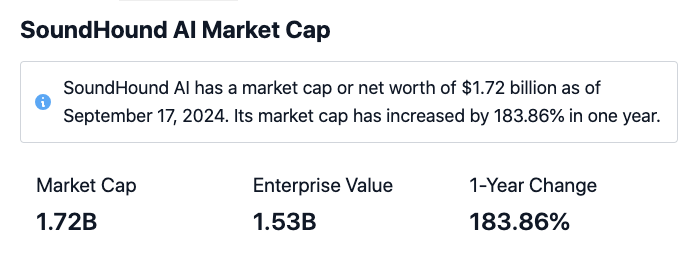Great Facts To Deciding On Artificial Technology Stocks Sites
Ten Best Strategies To Assess The Model Validity On Real-Time Stock Data To Create The Ai-Stock Prediction Model.It is essential to verify the model on real-time data from trading in order to assess the effectiveness and reliability. Validating a trading model in real-time market conditions ensures that the model will be able to adjust to changing market dynamics while maintaining accuracy. Here are 10 key tips to evaluate the accuracy of a model by using real-time market data.
1. Utilize Walk-Forward Assessment
Why: The walk-forward method allows the model to be validated continuously through simulation of trades in real time.
How to: Implement a walk-forward optimization strategy in which the model is trained using historical data prior to being tested in a later time period. This is a great method to determine how the model performs when used in a live setting.
2. Monitor Performance Metrics Regularly
How do you know? Regularly monitoring performance metrics can help identify potential issues or deviations from expected behaviors.
How: Create a monitoring routine for key performance indicators (KPIs) such as return-on investment (ROI), sharpe ratio, or drawdown, based on data in real-time. Regular monitoring helps ensure the model's integrity and is able to perform well over time.
3. Examine the model's ability to adapt to market conditions that change
The reason: Markets change rapidly; models must be updated in order to keep pace with the changing times.
What: Examine the way in which the model reacts to abrupt changes in the direction of market patterns and the volatility. Test it under different market conditions (bull or bear, sideways,) to test its ability to adapt.
4. Integrate Real-Time Data Feeds
Why: Accurate and timely data is essential for effective model predictions.
Check if the model is incorporating real-time feeds of high-quality information that includes economic indicators, prices, and volume. The data should be constantly updated to reflect current trends.
5. Conduct testing out-of-sample
The reason: Testing out-of-sample validates the model's ability to perform on information it's never seen before.
How: Assess model performance using a dataset separate from the data used for training. Compare results with those obtained from the original sample to determine if an overfit has occurred and to confirm generalizability.
6. Try the Model out in a Paper Trading Environment
Paper trading is a great way for risk-free evaluation of the model's performance in real-time, without financial exposure.
How do you run the model? Run it within a virtual trading environment that replicates real market conditions. This allows you to check the model's performance before you make a commitment to real capital.
7. Implement a solid Feedback Loop
Why: Learning from performance in real-time is essential for improvement.
How to create an understanding model by analyzing its results and forecasts. Use techniques such as reinforcement learning to adjust strategies based upon recent performance data.
8. Examine the quality of execution and slippage
Why: Execution and slippage of trades can have an impact on the accuracy of models.
How to use execution metrics to measure the difference between expected prices for entry/exit with the actual prices of execution. The evaluation of slippage increases model reliability and refines trading strategies.
9. Assess the impact of real-time the transaction cost
Transaction costs can have a major impact on profitability, especially when strategies involve frequent trading.
Include estimates of transaction costs like commissions and spreads when conducting real-time performance assessments. Realistic evaluations require an understanding of the true effect that transaction costs have on net return.
10. Conduct Regular Model Reevaluation and Updating
What is the reason? Financial markets are highly dynamic. This necessitates periodic reevaluation, and also reevaluation parameters.
How do you: Create an agenda of regular reviews of the model to assess its the performance of the model and making any necessary adjustments. This may include retraining your model with updated information or altering the parameters of your model to improve accuracy.
These suggestions allow you to test the AI trading model for stocks using live data. They will ensure that it is precise, adaptive and can perform well even when the market is live. See the top microsoft ai stock url for blog tips including ai stock price prediction, ai share price, artificial intelligence stocks to buy, publicly traded ai companies, ai trading software, predict stock price, stock software, ai in the stock market, ai stock prediction, ai stock companies and more.

Make Use Of An Ai-Powered Stock Trading Prediction To Determine The Google Index Of The Market For Stocks.
To be able to evaluate Google (Alphabet Inc.'s) stock efficiently using an AI trading model for stocks it is necessary to comprehend the business operations of the company and market dynamics as well as external factors which may influence its performance. Here are the 10 best ways to evaluate Google's stock with an AI-based trading model.
1. Alphabet Segment Business Understanding
Why is that? Alphabet has several businesses, such as Google Search, Google Ads, cloud computing (Google Cloud) as well as consumer hardware (Pixel) and Nest.
How to: Get familiar with the contribution of revenue to every segment. Understanding the sectors that are growing will help AI models to make better predictions based on performance in each sector.
2. Incorporate Industry Trends and Competitor Analyze
What is the reason: Google's performance may be influenced by digital advertising trends cloud computing, technological advancements, and the rivalry of companies like Amazon Microsoft and Meta.
How: Ensure that the AI models analyzes industry trends. For instance, the growth in online advertising, cloud adoption, and new technologies like artificial intelligence. Include the performance of competitors to give a complete market analysis.
3. Assess the impact of Earnings Reports
The announcements of earnings are usually followed by major price fluctuations for Google's shares, especially when revenue and profit expectations are extremely high.
How do you monitor Alphabet's earnings calendar and analyze how historical earnings surprises and guidance affect stock performance. Be sure to include analysts' expectations when assessing the impact of earnings releases.
4. Use technical analysis indicators
What is the purpose of this indicator? It helps identify trends in Google stock prices and price momentum and reversal potential.
How: Incorporate technical indicators like moving averages Bollinger Bands, as well as Relative Strength Index (RSI) into the AI model. These can help signal optimal places to enter and exit trading.
5. Analyze Macroeconomic Aspects
Why? Economic conditions like inflation and consumer spending as well as interest rates and inflation can affect the revenue from advertising.
How do you ensure that the model is incorporating macroeconomic indicators that apply to your business, such as consumer confidence and retail sales. Knowing these factors improves the ability of the model to predict.
6. Implement Sentiment Analysis
The reason: Market sentiment has a major influence on Google stock, specifically investor perceptions about tech stocks and regulatory scrutiny.
Utilize the concept of sentiment analysis to determine the public's opinion about Google. By incorporating sentiment metrics you can provide an additional layer of context to the predictions of the model.
7. Monitor Legal and Regulatory Developments
The reason: Alphabet has to deal with antitrust issues as well as privacy laws for data. Intellectual property disputes and other disputes involving intellectual property can affect the company's stock and operations.
How: Keep current on any relevant law and regulation changes. In order to accurately predict Google's future business impact, the model should take into consideration the potential risks and the effects of changes in the regulatory environment.
8. Perform Backtesting using Historical Data
The reason: Backtesting lets you to evaluate the performance of an AI model by using historical data on prices as well as other important events.
How do you use the historic Google stock data to backtest models predictions. Compare predictions with actual outcomes to evaluate the accuracy of the model.
9. Measurable execution metrics in real-time
Why: Achieving efficient trade execution is essential to capitalizing on the stock price fluctuations of Google.
What are the key metrics to monitor for execution, including slippages and fill rates. Test how well Google trades are carried out in accordance with the AI predictions.
10. Review Risk Management and Position Sizing Strategies
The reason: Effective risk management is crucial to safeguard capital, particularly in the tech industry that is highly volatile.
How to ensure that your model is based on strategies for positioning sizing as well as risk management. Google's overall portfolio of volatile risk. This minimizes potential losses, while optimizing your return.
You can evaluate a trading AI's capacity to study movements of Google's shares and make predictions based on these suggestions. Follow the recommended microsoft ai stock for website advice including ai investment stocks, stocks for ai companies, best ai companies to invest in, ai intelligence stocks, stock investment, trading stock market, best stocks for ai, ai in the stock market, stocks and trading, ai trading apps and more.
